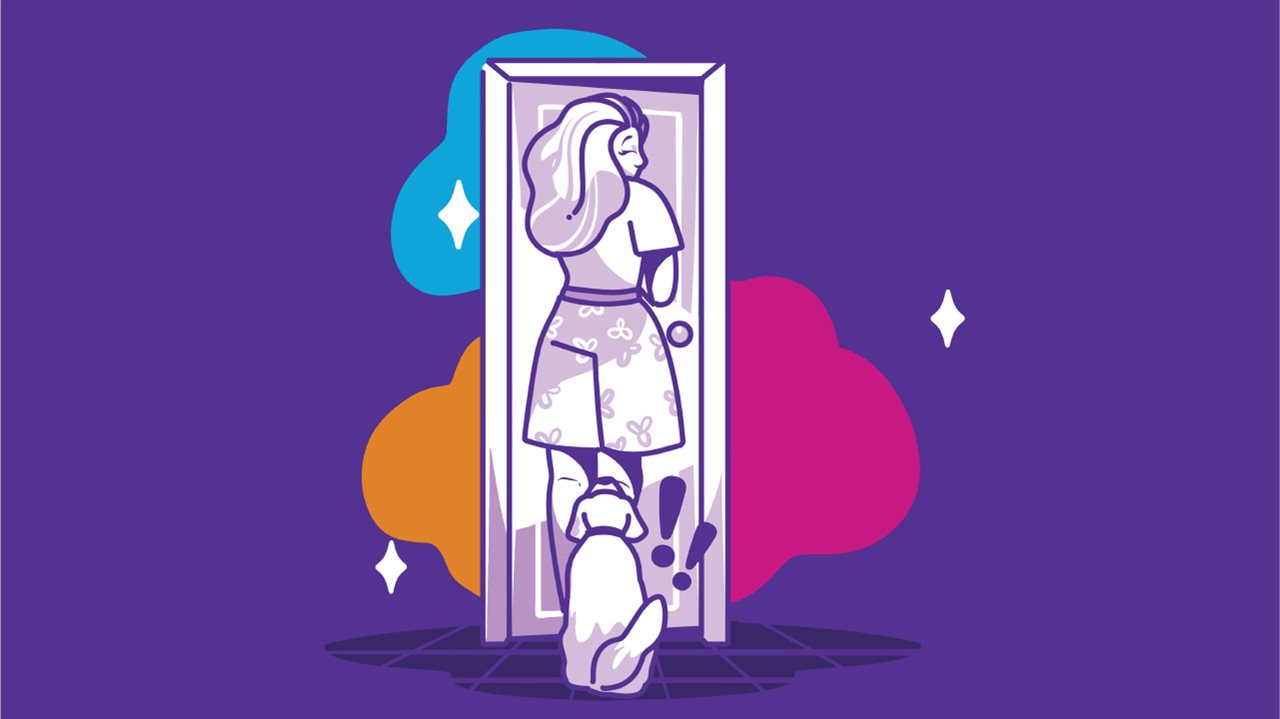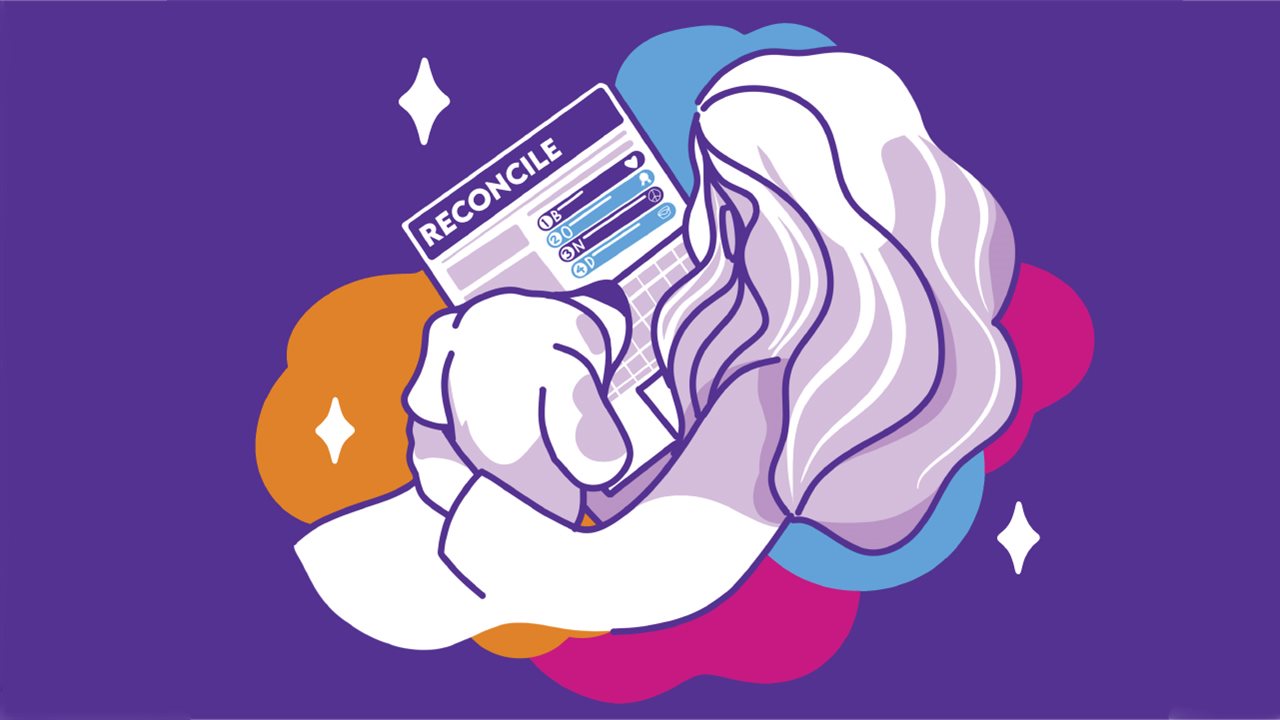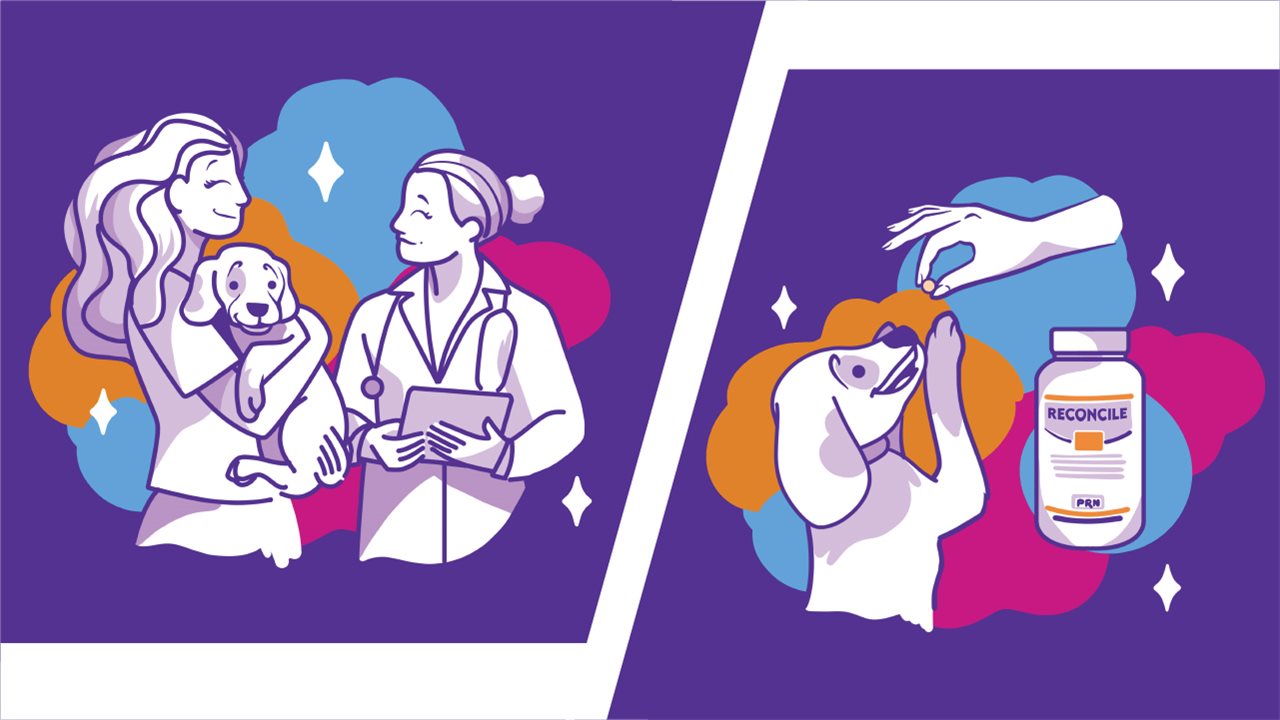2024-05-20T09:01:00
(BPT) – Article is sponsored and developed by Sanofi. Natalie and Samuel were compensated by Sanofi.
When Natalie and her husband adopted four-year-old Samuel from China, they were excited to learn more about his culture and spend quality time together. However, during the process, Samuel experienced bruising and joint pain that made it difficult for him to walk. This led Natalie to consult with a doctor who recognized Samuel’s symptoms as possible signs of a rare blood disorder. Facing uncertainty about their son’s future, Natalie and her husband brought Samuel to America and prioritized his care and diagnosis.
After seeing a hematologist, Samuel was diagnosed with severe hemophilia A, a rare, lifelong condition that impairs the ability of a person’s blood to clot properly. If left untreated, it can lead to excessive or spontaneous bleeds that can result in joint damage, chronic pain, and potentially impact quality of life.1
While prophylaxis treatment was effective for Samuel, the dosing scheduling was demanding for him, Natalie, and their family. Despite training to conduct Samuel’s infusions at home, they had days when his veins didn’t cooperate. Because of this, they switched to a subcutaneous injection administered under the skin rather than into a vein.
Then one day at school, Samuel fell out of his chair and hit his head. He didn’t show any noticeable symptoms of a bleed at first, but his condition quickly got worse.
“I forgot how to spell my name and couldn’t find my classroom anymore. I had a CT scan, and they found a minor brain bleed,” Samuel said.
“As Samuel grew up (now 12 years old), what we needed in a treatment became clear. He had to be well protected against bleeds, and we knew Samuel preferred infusions,” said Natalie. “And, of course, he wants to stay busy, so minimizing how frequently he has to infuse was a significant consideration, too.”
Embracing the Future by Switching to ALTUVIIIO®
Natalie and Samuel spoke to their doctor about ALTUVIIIO, a once-weekly, first-in-class factor VIII replacement therapy for adults and children with hemophilia A.2 They learned it offers proven bleed protection and helps keep factor levels in the normal to near-normal range (over 40%) for ~3 days in children <12 years old, and in May 2024, the US Food & Drug Administration updated ALTUVIIIO’s label to include positive results from a phase 3 study in children under 12. This pediatric study demonstrated a mean annualized bleeding rate (ABR) of 0.6 with ALTUVIIIO prophylaxis and a safety profile similar to the profile in an earlier ALTUVIIIO study for people with hemophilia A aged 12 years or older. 2
Their doctor helped them understand the benefits of switching to ALTUVIIIO and its most common side effects, including headache and joint pain in adults and adolescents, and fever in children under 12.2 Since switching, Samuel has responded well to treatment, with proven bleed protection and factor activity levels.
Natalie and Samuel worked with their CoRe (Community Resource and Education Manager) and Sanofi Patient Support Services to transition to ALTUVIIIO and secure financial assistance through Sanofi’s Copay Program.
“We felt great about switching to ALTUVIIIO. We are living with a treatment and schedule that works for us and Samuel is getting the most out of being a kid,” Natalie said. “We’re also very pleased with his trough levels, which are around 15% on day seven.” Trough levels measure factor VIII in the blood, which is essential for managing the risk of bleeding.3 “Remember that each person’s hemophilia treatment plan may differ, so you need to work with your HCP to find a treatment plan that is right for you,” Natalie added.
Samuel is now able to spend plenty of time with his family at the beach, play with his friends, and master the Rubik’s Cube. Together, Natalie and Samuel encourage people living with hemophilia, and their care networks, to stay educated and engage with the community.
“If anything about your current treatment is not working for you, from bleed protection to infusion schedules, you should always be confident in advocating for your care,” Natalie emphasized.
Patient experiences on ALTUVIIIO may vary, so talk to your doctor when making treatment decisions. To learn more, visit ALTUVIIIO.com.
INDICATION
ALTUVIIIO® [antihemophilic factor (recombinant), Fc-VWF-XTEN fusion protein-ehtl] is an injectable medicine that is used to control and reduce the number of bleeding episodes in people with hemophilia A (congenital Factor VIII deficiency).
Your healthcare provider may give you ALTUVIIIO when you have surgery.
IMPORTANT SAFETY INFORMATION
What is the most important information I need to know about ALTUVIIIO?
Do not attempt to give yourself an injection unless you have been taught how by your healthcare provider or hemophilia center. You must carefully follow your healthcare provider’s instructions regarding the dose and schedule for injecting ALTUVIIIO so that your treatment will work best for you.
Who should not use ALTUVIIIO?
You should not use ALTUVIIIO if you have had an allergic reaction to it in the past.
What should I tell my healthcare provider before using ALTUVIIIO?
Tell your healthcare provider if you have had any medical problems, take any medications, including prescription and non-prescription medicines, supplements, or herbal medicines, are breastfeeding, or are pregnant or planning to become pregnant.
What are the possible side effects of ALTUVIIIO?
You can have an allergic reaction to ALTUVIIIO. Call your healthcare provider or emergency department right away if you have any of the following symptoms: difficulty breathing, chest tightness, swelling of the face, rash, or hives.
Your body can also make antibodies called “inhibitors” against ALTUVIIIO. This can stop ALTUVIIIO from working properly. Your healthcare provider may give you blood tests to check for inhibitors.
The common side effects of ALTUVIIIO are headache and joint pain.
These are not the only possible side effects of ALTUVIIIO. Tell your healthcare provider about any side effect that bothers you or does not go away.
Please see full Prescribing Information.
References
- What is Hemophilia? Centers for Disease Control and Prevention (CDC). Last reviewed October 24, 2023. Accessed March 21, 2024. https://www.cdc.gov/ncbddd/hemophilia/facts.html.
- ALTUVIIIO [antihemophilic factor (recombinant), Fc-VWF-XTEN fusion protein-ehtl] prescribing information. Bioverativ Therapeutics, Inc. May 2024
- Srivastava A, Santagostino E, Dougall A, et al. WFH Guidelines for the Management of Hemophilia, 3rd edition. Haemophilia. 2020;26 Suppl 6:1-158
MAT-US-2401906-v1.0-05/2024
© 2024 Sanofi. All rights reserved. ALTUVIIIO and Sanofi are registered trademarks of Sanofi or an affiliate.




























